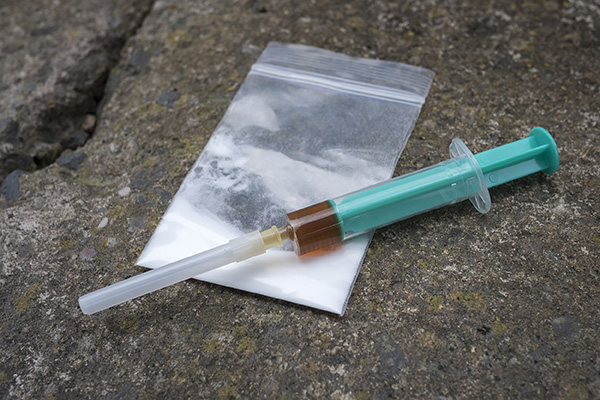Local law enforcement, health and emergency services officials from all over North Carolina are bringing home new ideas and new knowledge in the battle against opioid addiction and overdose in the wake of a state summit on the problem held last week in Raleigh.
Guilford County Emergency Services Director Jim Albright, like many other officials across the state, attended the Opioid Misuse and Overdose Prevention Summit on Tuesday, June 11 and Wednesday, June 12, and Albright said that the problem remains very difficult to control.
“The numbers continue to increase,” he said of overdoses in the state after hearing reports at the summit.
One good sign for Guilford County is that, so far in calendar year 2019, the county hasn’t seen a rise in opioid overdoses compared to last year.
“We have remained even for calendar year 2019, so far, compared to calendar year 2018,” Albright said.
For the time period from January 1, 2018 through May 31, 2018, Guilford County saw 413 suspected opioid overdoses. For those same five months in 2019, the county saw 402 suspected opioid overdoses.
Albright said the conference revealed a number of concerns.
“There are rising concerns at the state level for the lethality of overdoses,” Albright said this week, adding that, on average, five North Carolinians are dying per day due to opioids.
“The concern continues to be the potency of the synthetic analogues of fentanyl, and poly-pharmacy concerns,” he added.
Poly-pharmacy cases are those where more than one drug is involved with the overdose or death.
One of the stated goals of the conference in Raleigh was to “Energize, challenge, and connect North Carolina partners to build consensus and rally behind policy and programmatic interventions that focus on social determinants, healthcare, harm reduction, criminal justice, and community strategies around opioid misuse, addiction, and overdose death.”
Guilford County currently has a joint effort with the University of NC at Greensboro (UNCG) called GCSTOP, which stands for Guilford County Solution to the Opioid Problem. In that program, teams made up of members from several county departments help those with substance abuse problems through follow up visits after an overdose or other crisis.
Earlier this year, there was finally some good news regarding the crisis: The number of people who died from opioid overdoses in Guilford County was nearly cut in half in 2018.
According to the numbers available at that time, in 2017 there were 104 deaths classified as opioid-related overdoses in the county, while, in 2018 that number was down to 55.
That death rate from overdoses dropped despite the fact that the actual number of overdoses responded to in the county went up in 2018. In 2017, there were about 700 calls for overdoses while, in 2018, there were roughly 800.
Albright said at that time that one factor was the ubiquity of and the effective use of the drug Naloxone and he added that programs implemented by Guilford County and the UNCG are helping overdose victims.
Guilford County is currently fighting opioid makers in court as well. The county has joined with other local governments around the country to sue the manufacturers and distributors of opioids to get back some of the money those governments have spent addressing the issue.

